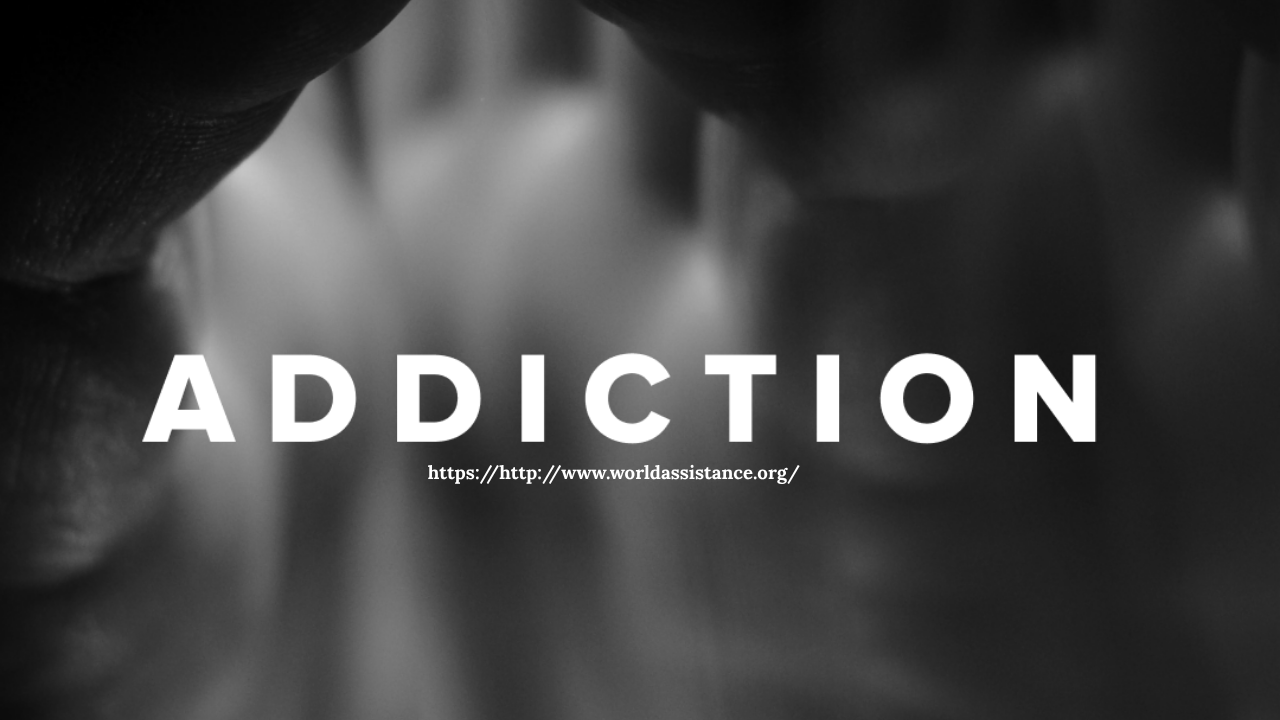 Addiction is a complex condition influenced by biological, psychological, and social factors. Around the world, different cultures have developed diverse rehabilitation models to address substance use disorders. By comparing these approaches, we can identify effective strategies and explore how cultural beliefs and values shape the path to recovery. These global models offer valuable lessons on the importance of accessibility, community, and compassion in addiction treatment.
Addiction is a complex condition influenced by biological, psychological, and social factors. Around the world, different cultures have developed diverse rehabilitation models to address substance use disorders. By comparing these approaches, we can identify effective strategies and explore how cultural beliefs and values shape the path to recovery. These global models offer valuable lessons on the importance of accessibility, community, and compassion in addiction treatment.
Western Medical Model (United States and Canada)
In North America, the dominant model for addiction treatment is the medical approach. It emphasizes evidence-based practices such as medication-assisted treatment (MAT), cognitive behavioral therapy (CBT), and inpatient rehabilitation. Facilities often operate under clinical settings with multidisciplinary teams that address both the physical and psychological aspects of addiction.
Programs like 12-step recovery, such as Alcoholics Anonymous (AA), are widely integrated into treatment. While effective for many, critics argue that Western models can sometimes overlook socioeconomic and cultural contexts, making it important to adapt treatment plans for individual needs.
Decriminalization and Public Health (Portugal)
Portugal’s approach is internationally recognized for its groundbreaking decriminalization policy. Since 2001, drug possession for personal use has been treated as a public health issue rather than a criminal offense. Instead of prison, individuals are referred to “dissuasion commissions,” which offer access to treatment and social support.
Portugal invests heavily in harm reduction, psychosocial support, and reintegration services. This model emphasizes dignity, human rights, and social inclusion—key factors in long-term recovery. Portugal’s success shows the benefits of removing stigma and adopting a holistic view of addiction.
Faith-Based Therapeutic Communities (Latin America)
In many Latin American countries, such as Brazil and Colombia, faith-based therapeutic communities are a common form of rehabilitation. These programs often involve residential stays, spiritual counseling, group therapy, and structured daily routines. Spiritual healing and moral transformation are central themes.
While effective for some, these communities can vary in quality and oversight. The lack of standardized treatment protocols and professional medical involvement is a concern, but many individuals find strength and meaning in these spiritually oriented models.
Holistic and Traditional Healing (Asia and Africa)
In countries like Thailand and Kenya, traditional and holistic therapies are integrated into addiction recovery. Thailand’s Wat Thamkrabok temple, for instance, provides a unique model that combines Buddhist practices, meditation, and herbal detoxification. Similarly, in parts of Africa, local communities employ indigenous healing rituals alongside group counseling and social reintegration.
These culturally grounded approaches offer a sense of belonging and spiritual renewal. However, they may lack scientific validation and require complementary services to ensure comprehensive care.
Integrated Community-Based Models (Scandinavia)
Scandinavian countries like Sweden and Norway emphasize community-based rehabilitation with strong government support. Treatment includes a combination of medical care, social services, and vocational training. These programs focus on reintegrating individuals into society, reducing stigma, and providing long-term support.
The Scandinavian model highlights the importance of treating addiction as a chronic condition that requires ongoing care, rather than a one-time intervention.
Conclusion
Each global rehab model reflects the values and resources of its culture. While no single approach fits all, combining medical, psychological, spiritual, and community-based strategies can enhance recovery outcomes. By learning from diverse traditions, the global community can build more inclusive and effective systems for addiction treatment.
